Landscape impacts the European wildcat
The European wildcat is classified as “Least Concern” by the IUCN, but populations are declining and it is in Annex IV of the EU Habitats Directive. The wildcat is an umbrella species whose conservation allows the preservation of numerous other species and habitat types. Threats to wildcat populations are human persecution and activities, habitat loss and hybridization with domestic cats. It is known that the presence of forested areas which are providing shelters favour wildcat presence. That applies also to scrublands, meadows and pastures that provide preys.
A new study from french researchers reveals the importance of landscape genetic connectivity in the French wildcat population, which is one of the largest populations in Europe. The French population is divided in two genetically differentiated subpopulations, separated by the Paris-Lyon highway. The north-eastern population patch is thought to be the historical endemic patch, the central patch is thought to represent the colonization front of the population, still being in expansion.
What is landscape genetic connectivity?
Landscape is defined as a heterogeneous area in which organisms evolve and which has many implications for population ecology. Its composition, e.g. which habitat or cover type are present and how much, determine the amount of available habitat for a given species or population. This is in turn linked to distribution and persistence of a species. Landscape connectivity is the degree to which the landscape facilitates or prevents movement among resource patches. All these factors impact natal and breeding dispersal and thus gene flow and population genetic structures. Therefore, landscape genetic connectivity is important to plan management and conservation strategies. Moverover, genetic connectivity can be impacted by habitat fragmentation, prey density, human disturbances or climate change.
Forest affine or not?
Samples for the study came from road-killed wildcats and hair traps. Among the 413 collected samples, 272 pure wildcats have been identified. Results showed that landscape features had an impact on gene flow, but not the distance to forested areas. As distance to forest patches had no impact on gene flow, this suggests that the wildcat is not as forest-specialist as previously thought for its dispersal. Arable areas, pastures, permanent grasslands and lowly fragmented forested areas were among the most important drivers of gene flow. This confirms the importance of resources, prey and shelters for European wildcats.
Arable areas were expected to be more resistant, providing prey but only few shelters. Nevertheless, in Mediterranean areas and in Germany, shrubs and cereal as well as rapseed fields have been shown to represent a high enough degree of shelter to be favourable to wildcats. Furthermore, hedgerows are very important as linear landscapes to provide additional shelters and pathways for dispersal.
Human-dominated landscapes are not avoided
Watercourses have been shown to be negatively correlated to wildcat presence, whereas riparian areas seem to be positively selected by wildcats. Until now, human presence and infrastructures have been shown to be avoided by European wildcats in several populations. A completely different effect was observed in the central patch of the French population, where anthropized areas had a very high permeability to gene flow. A reason for that could be that distances between resting sites of wildcats and human presence or roads can be low. Some individuals are also observed very close to human infrastructures. Moreover, European wildcats may habituate to human presence as long as other favourable habitats are available in close proximity.
The threat of hybridization
Nevertheless, the presence of wildcats in human-dominated landscapes might have important conservation implications regarding inbreeding. Expansion of wildcat populations in areas already occupied by domestic cats could result in introgression from domestic to wild cats. Indeed, hybridization is one of the most severe threats to European wildcats and, although expansion is a positive fact for this endangered species, special attention should be given to that aspect.
More studies needed
As a conclusion, this new study, among others, provides evidence that the European wildcat can be described more as a habitat generalist species for which the co-occurrence of shelters, resources and landscape heterogeneity are the most important factors. Hence, for effective wildcat conservation, future landscape studies should focus on the different dispersal abilities of male and female wildcats and also on hybrid cats because they might act different. Another focus should be set on linear landscape characteristics like rivers and roads, as these might play a crucial role in wildcat gene flow.

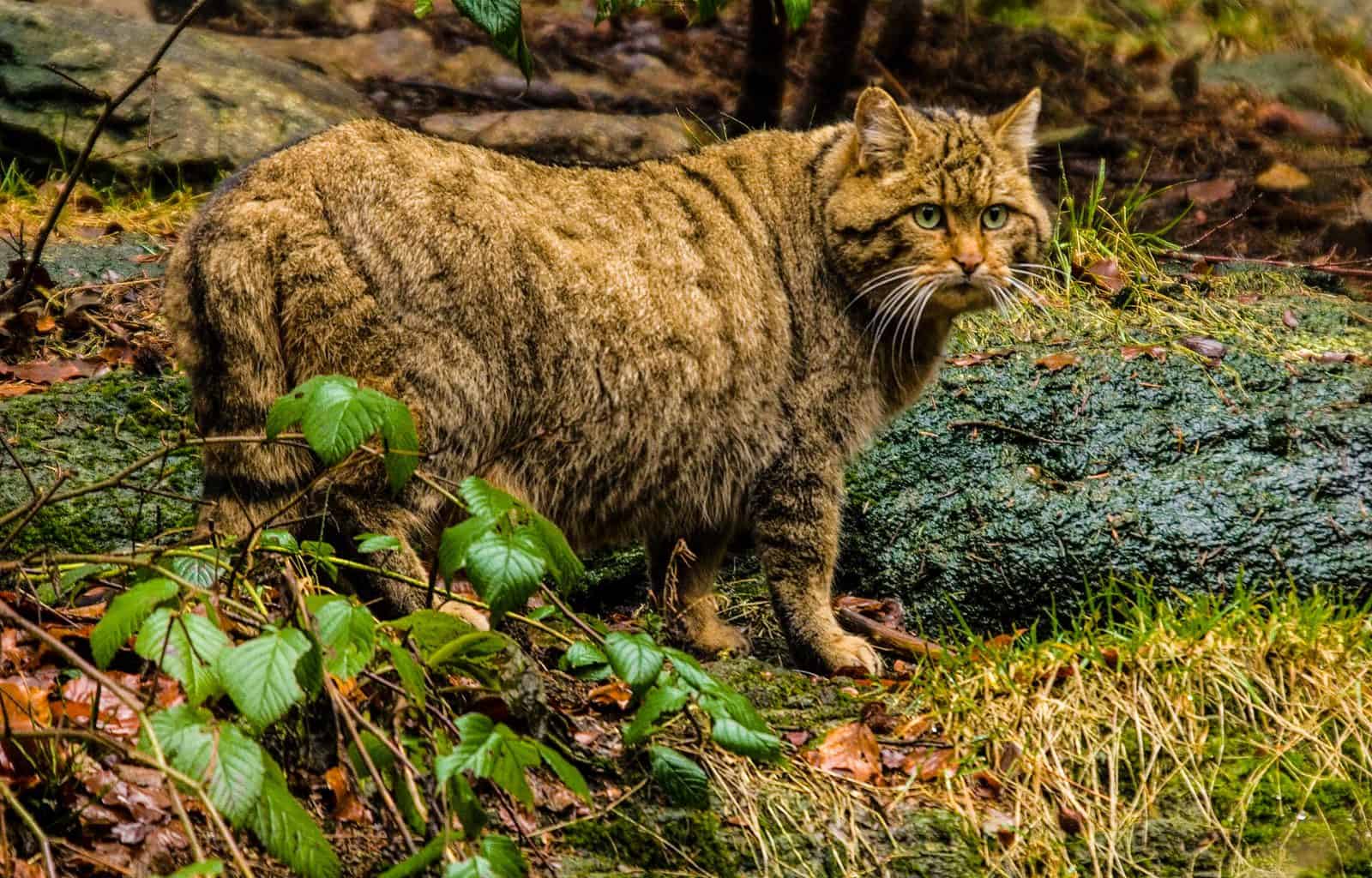

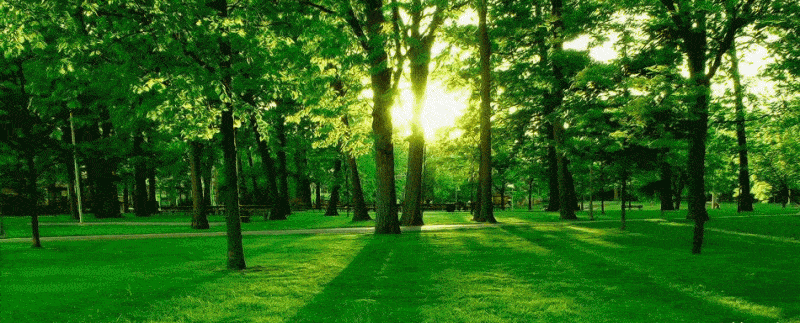
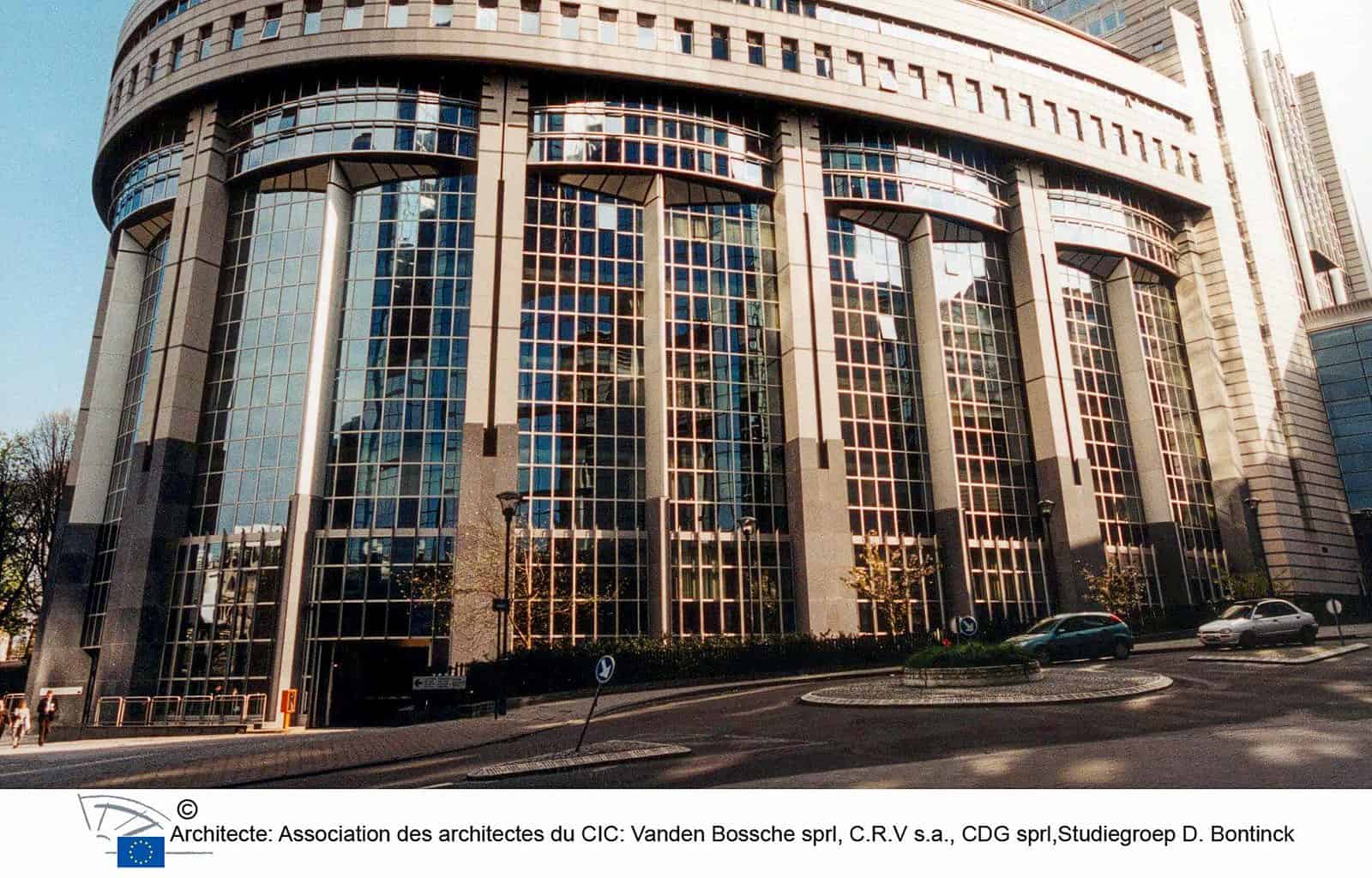
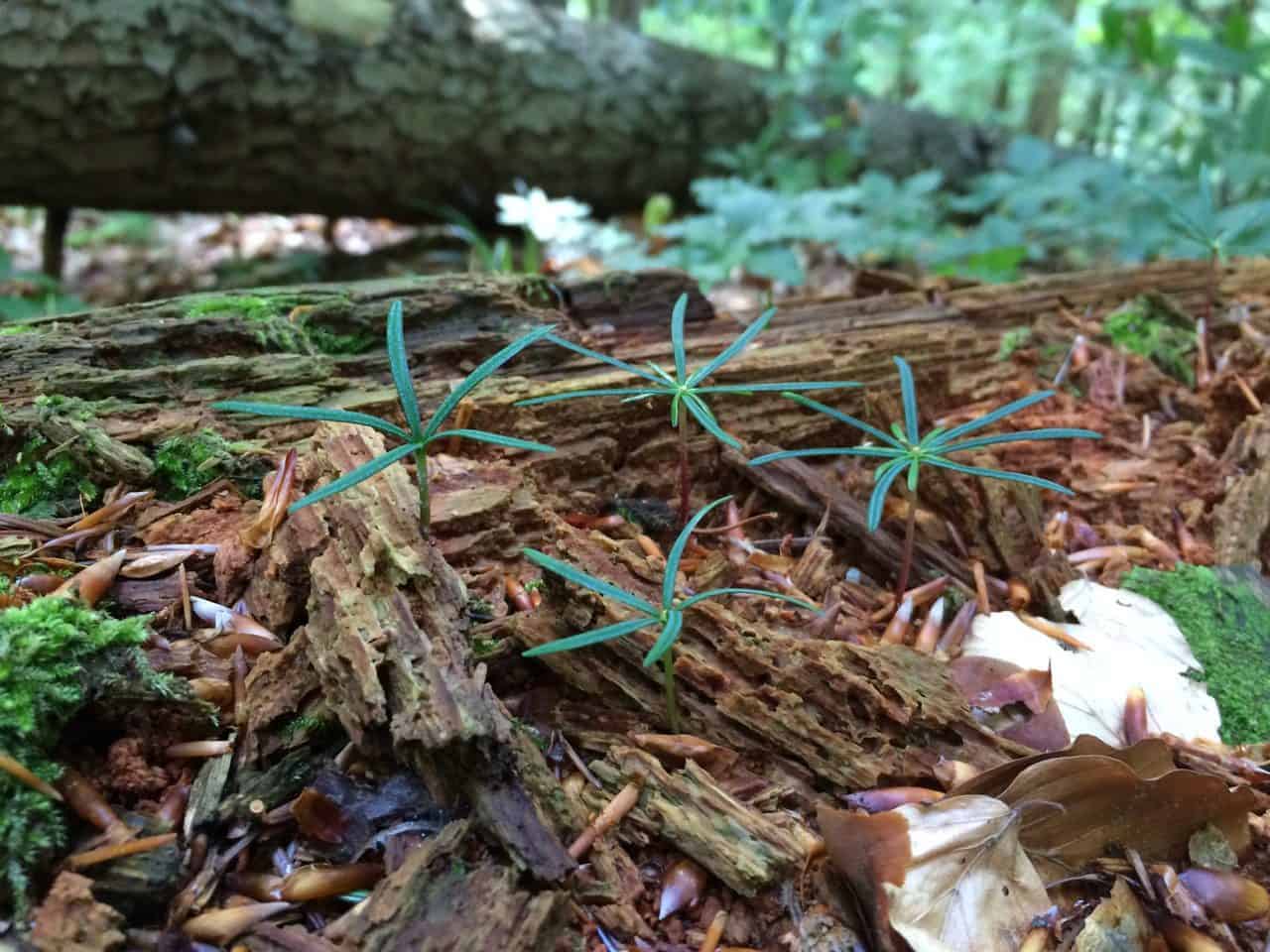
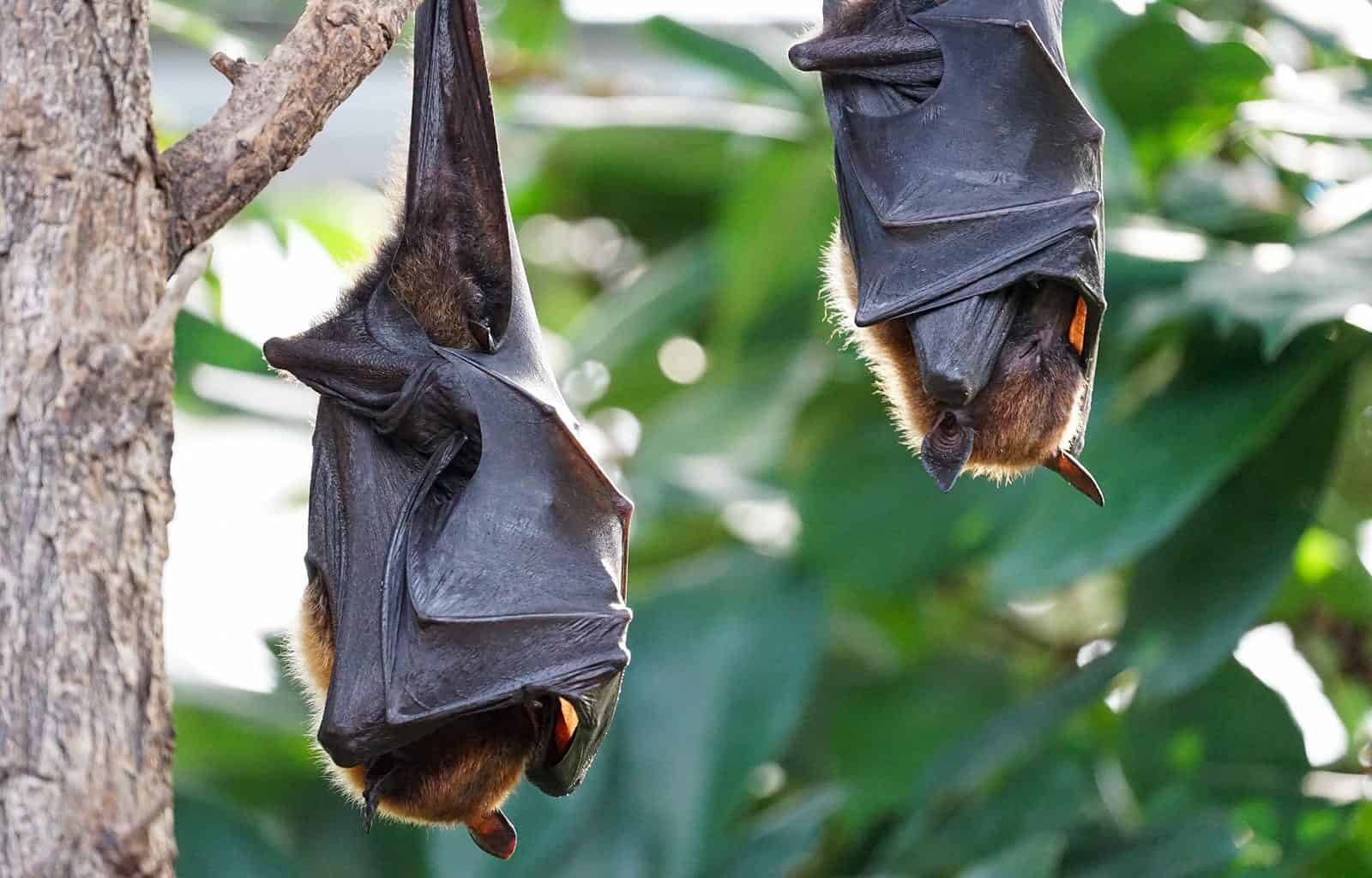
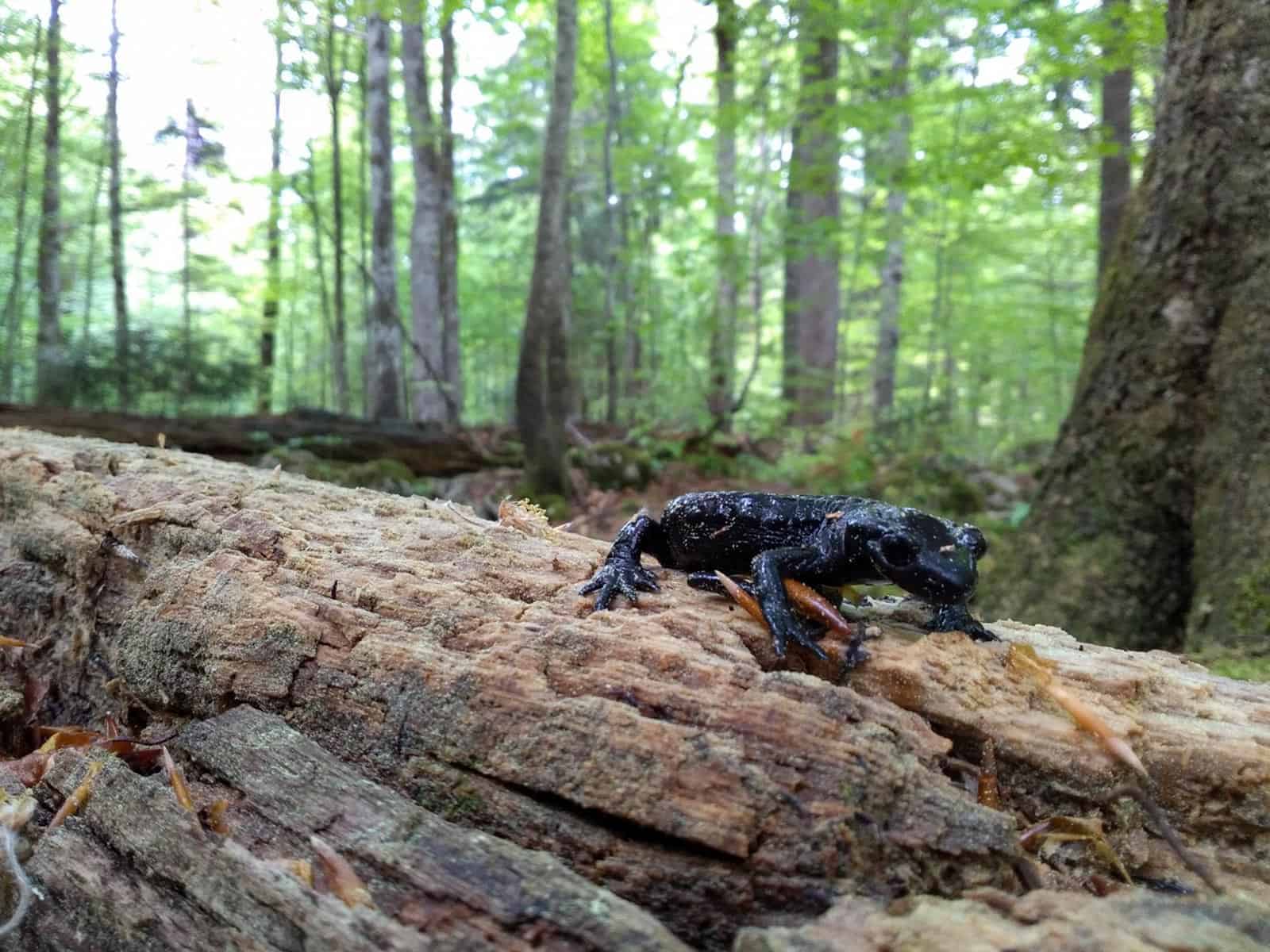
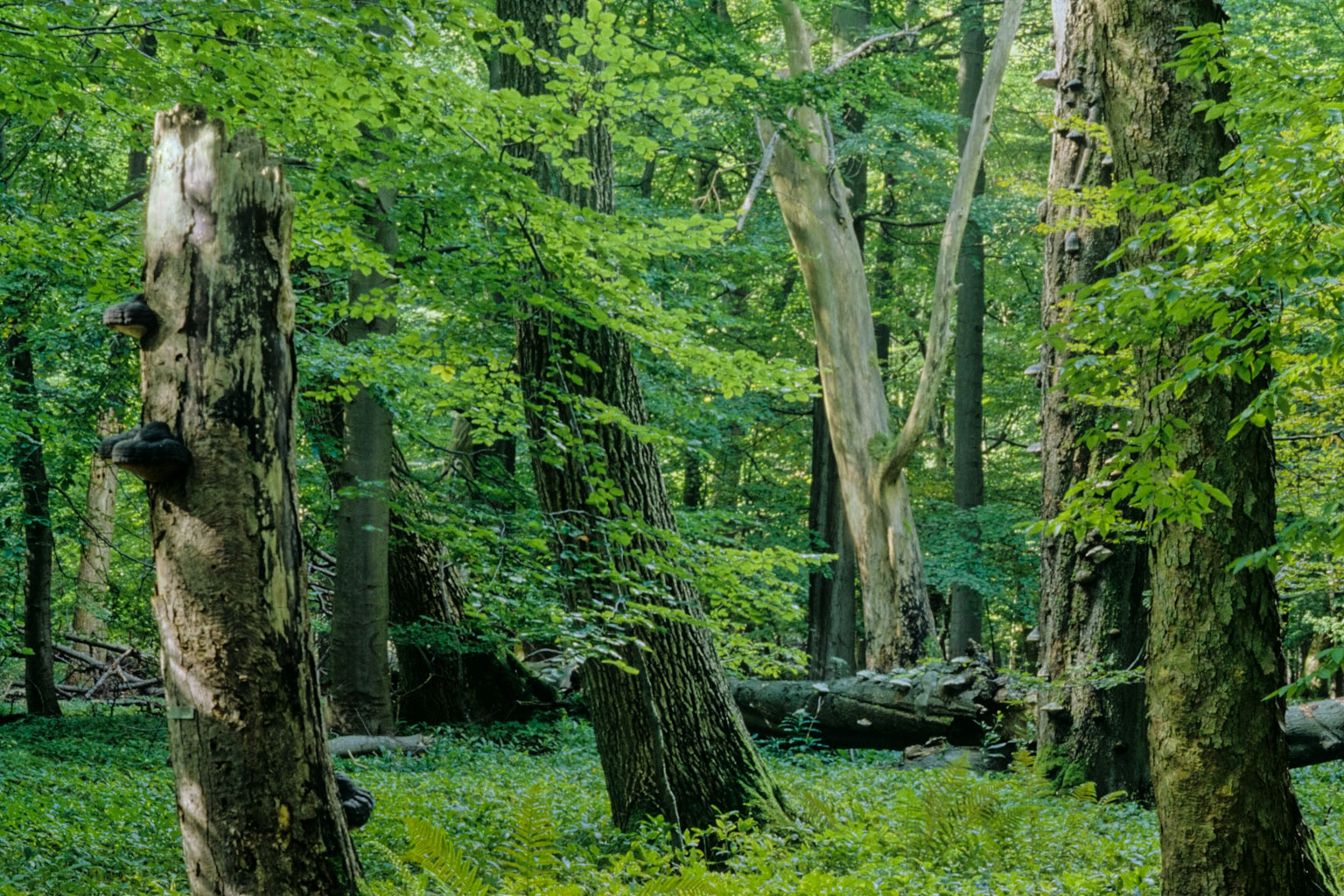
Pingback: Wildcat seen in a Greater Côa Valley rewilding site for the first time | Rewilding Europe